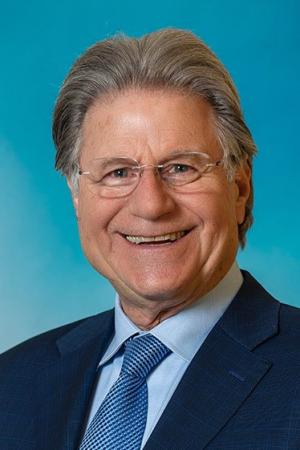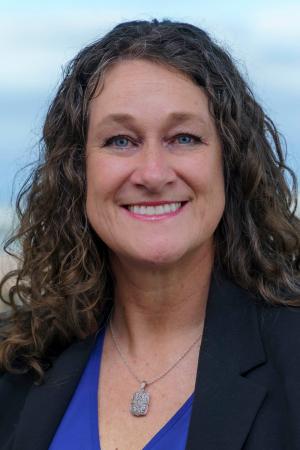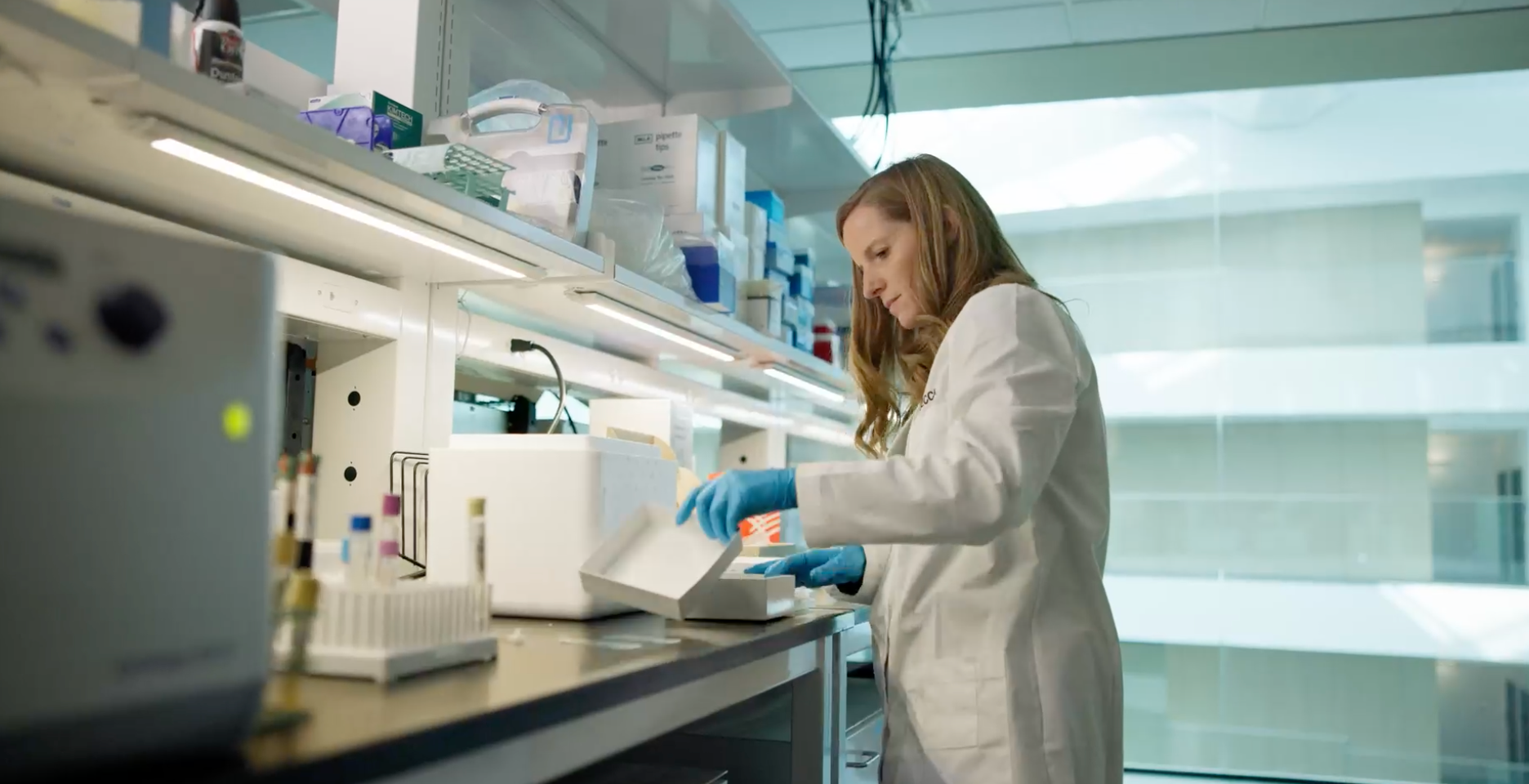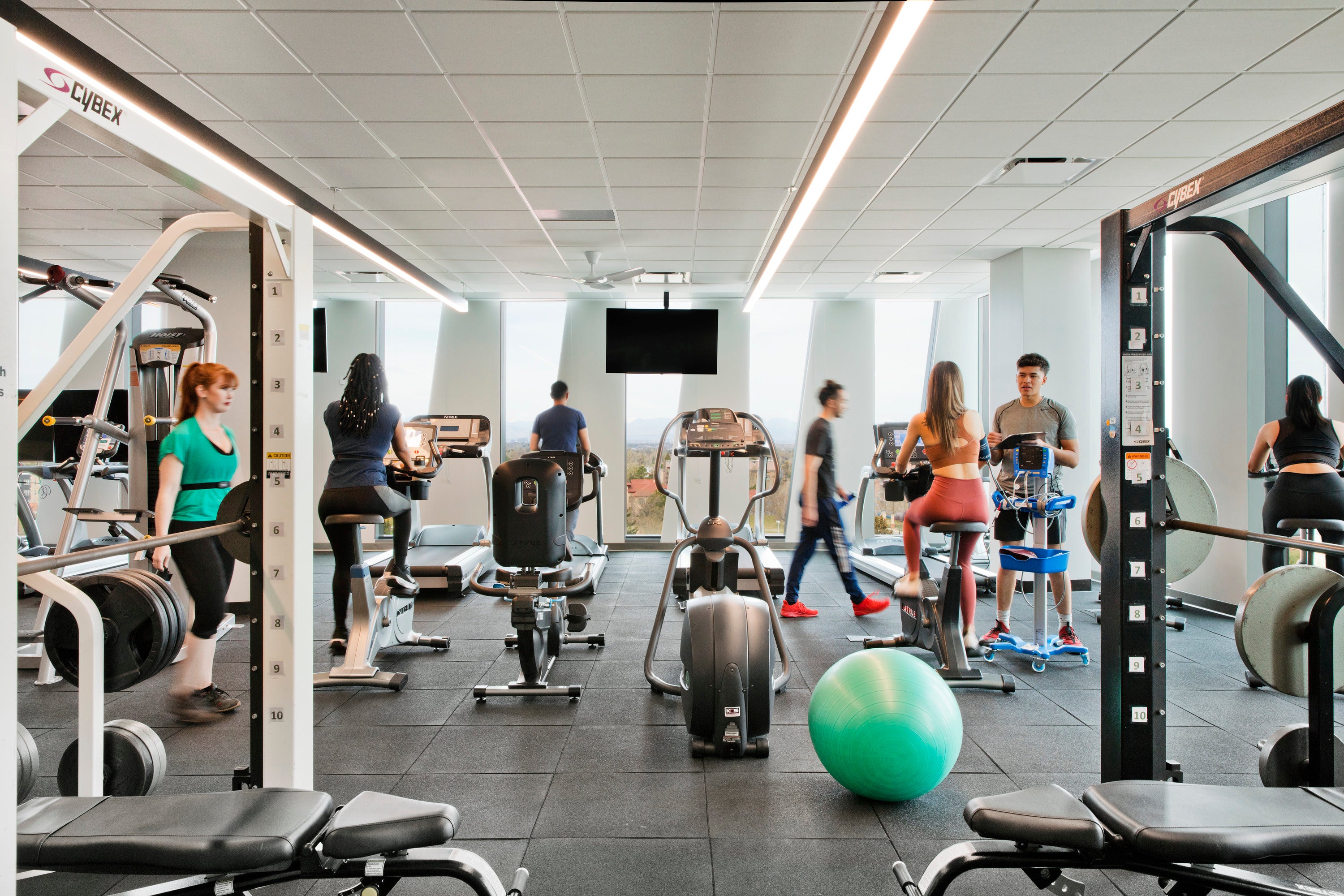Five questions for Ron Sokol and Janine Higgins
The National Institutes of Health recently awarded $54 million to the Colorado Clinical and Translational Sciences Institute (CCTSI) at the CU Anschutz Medical Campus. The seven-year grant from the National Center for Advancing Translational Sciences will help power biomedical research and training, not just at CU Anschutz, but across the state.
The CCTSI is a research partnership between CU Anschutz, CU Boulder, CU Denver and Colorado State University. Hospital partners include Children’s Hospital Colorado, UCHealth University of Colorado Hospital, National Jewish Health, Denver Health and Hospital Authority and the VA Eastern Colorado Healthcare System, as well as community organizations across the state.


The grant’s principal investigators are Ronald J. Sokol, M.D., Distinguished Professor of pediatrics, and Janine Higgins, Ph.D., professor of medicine. Sokol has led the CCTSI since its inception in 2008; he and Higgins will now co-lead the institute. Together, they work toward realizing CCTSI’s vision to accelerate and catalyze the translation of innovative science into improved, equitable health and patient care for all.
1. Dr. Sokol, how does today’s CCTSI compare to what you envisioned 15 years ago?
Sokol: When we first got started, we did not have the organizational structure around clinical translational research that we have now. And our outreach with communities and an emphasis on health disparities and health equity are not what we envisioned 15 years ago. We were much more focused on clinical research units and patient-oriented research at the hospital. Now it has evolved to include more community-based and population-based research.
When we started, we didn’t have as many partner institutions as we now have. It was more limited to CU. It now includes Colorado State University, and our hospitals play a bigger role, so that has expanded our footprint and our influence and our value to the university and to the hospital systems.
And we receive considerable support from the University of Colorado and from the hospitals. For example, when plans were being made five or six years ago to build the Anschutz Health Sciences Building, we had outgrown our facility at the Leprino Building at the University of Colorado Hospital. The university agreed to build us a new facility in the Anschutz Health Sciences Building, where we have an outpatient facility, administrative offices, core laboratory and more, consolidated into one brand new space. The university has been very supportive of our needs.
2. Dr. Sokol and Dr. Higgins, you will be co-leading the institute going forward. What will that change mean for you and for the CCTSI?
Sokol: Janine has had an increasing role in leading the institute since its beginning. She initially oversaw our Nutrition core, then quite rapidly took on more of an oversight role of our clinical research units – we call them clinical translational research centers, or CTRCs. We have four of these, where participants in research come in and are seen in person. Janine developed the position of director of operations for the CCTSI, and she has become more involved in operations over the last five to 10 years. She also plays a major role in our executive committee. It seemed like a natural for this grant renewal to more formally recognize Janine’s role in those aspects.
Higgins: I’ve grown up as a basic researcher and moved into clinical research. For at least a decade, my goal has been to really create and enhance the infrastructure for people to do clinical research, as well as create an outstanding training environment for our younger investigators. So, for me, this was a fantastic opportunity. The CCTSI has helped me realize my career goals for the last 10 years. It encapsulates all the things that are important to me.
3. Dr. Sokol mentioned how the CCTSI partnership involves CU Anschutz, CU Boulder and CU Denver, as well as Colorado State University and the hospital partners. Are researchers generally operating independently of one another, or are there initiatives with entities collaborating?
Higgins: It is some of both. Our CTRCs primarily support independent investigators who have their own grants or contracts for industry trials. We have national and international experts using these facilities to conduct their work. But we also have pilot grants that we support that are across institutions – where you need one partner from CSU and one from CU Anschutz, for instance, to qualify, to encourage collaborations between our different sites. There are definitely large, national, NIH initiatives that need all of these people at the CCTSI to work together.
Sokol: We have a strong emphasis on team science, which is really formalizing how we work together in teams, since science now is so specialized in so many different areas. To really move a field forward and do it in a rapid fashion when needed – such as with COVID – it takes many disciplines working together and understanding how to work together. So we have a special training program to help scientists develop teams and become more effective as team leaders.
Collaboration is really a key word these days. It’s not just collaboration among investigators, it’s the whole workforce that’s necessary to get this work done. For instance, for clinical research studies or clinical trials, there’s a group of people called study coordinators that are absolutely essential to implementing a trial. They’re the ones who contact the participants, they enroll them, they schedule the visits, collect the data, assist investigators in many essential ways. They are professionals in and of themselves. It’s much more than just faculty and trainees. It takes a large team in order to be proficient.
Colorado State University was not part of our initial grant application, but came in later, and they are a wonderful partner in this type of research, including their very strong veterinary medicine program.
We really value our partnerships with CU Boulder and with Colorado State – they bring some of their students down to our campus for our education programs. There’s a lot of connections to the community we gain by having all of these partners, including the hospitals (UCHealth University of Colorado Hospital, Children’s Hospital Colorado, National Jewish Health, Denver Health and Hospital Authority and the VA Eastern Colorado Healthcare System) and community organizations across the state.
4. The NIH grant of $54 million over seven years will power biomedical research and training across the state. What possibilities first came to mind for you when you received word of the grant?
Higgins: There’s a new component of the grant that we’re using to establish a mechanism to do trials within the EHR, the pragmatic electronic health record-embedded trial program. The participants are randomized and their care is embedded in the electronic health records of their usual healthcare provider so they don’t have to come to CU Anschutz to be enrolled in a trial. We can potentially provide research throughout Colorado for all different kinds of diseases and medical care using this mechanism. In terms of diversity and equity, that’s really important. People are going to be getting their care where they live, and we’re going to be getting data from the usual provider that they already trust. So that’s a really large aspect of this new part of the grant and it’s super exciting.
Sokol: Some at other institutes have decentralized clinical trials; the term that’s catching on to describe what others may call pragmatic clinical trials. All of these are designed to be less invasive on the participants, to have a broader ability for people to participate, to collect data that’s already being collected to use in the trial. Overall, it should reduce the cost and allow us to complete the trials quicker and get answers sooner. That’s the hypothesis.
Our idea is to have several of these ongoing trials and for us and other teams around the country to learn how to perform trials more efficiently, particularly regarding the diversity of and inclusion of research participants. There is a concern that if the trial is built into the electronic health record, there’s certain people who either don’t have good internet connections or they don’t want to use the electronic health record for one reason or another. And if that’s the basis for the study, how do we reach out to those populations? Frequently, they are people from marginalized communities or rural communities, and it’s really important they be offered the opportunity to participate in these clinical trials.
5. How else will the grant be put to work at the CCTSI?
Sokol: We’re continuing to enhance, enrich and expand many of our other programs. Some people said to me, ‘So, have you decided what you’re going to do with $54 million?’ I say, we decided this long before we ever submitted the grant, because there’s a budget and you have to stick to your budget. Everything is carefully outlined in the grant application.
We have a very large emphasis on training the next generation of researchers. There may be a national emergency in the coming years, in that there won’t be enough well-trained individuals who are committed and passionate about doing the clinical translational research. It can be tough work, it can be lots of long hours, particularly for M.D.s. To become a physician scientist can be an extra challenge.
There are other scientists as well. Janine is a Ph.D. scientist. We have 15 different training and education programs to help Ph.D. scientists and others along the way, in different steps on their career paths, to encourage them to focus on translating discoveries into solving human problems. This is a major emphasis of the CCTSI and the Clinical and Translational Science Award Program nationally.



